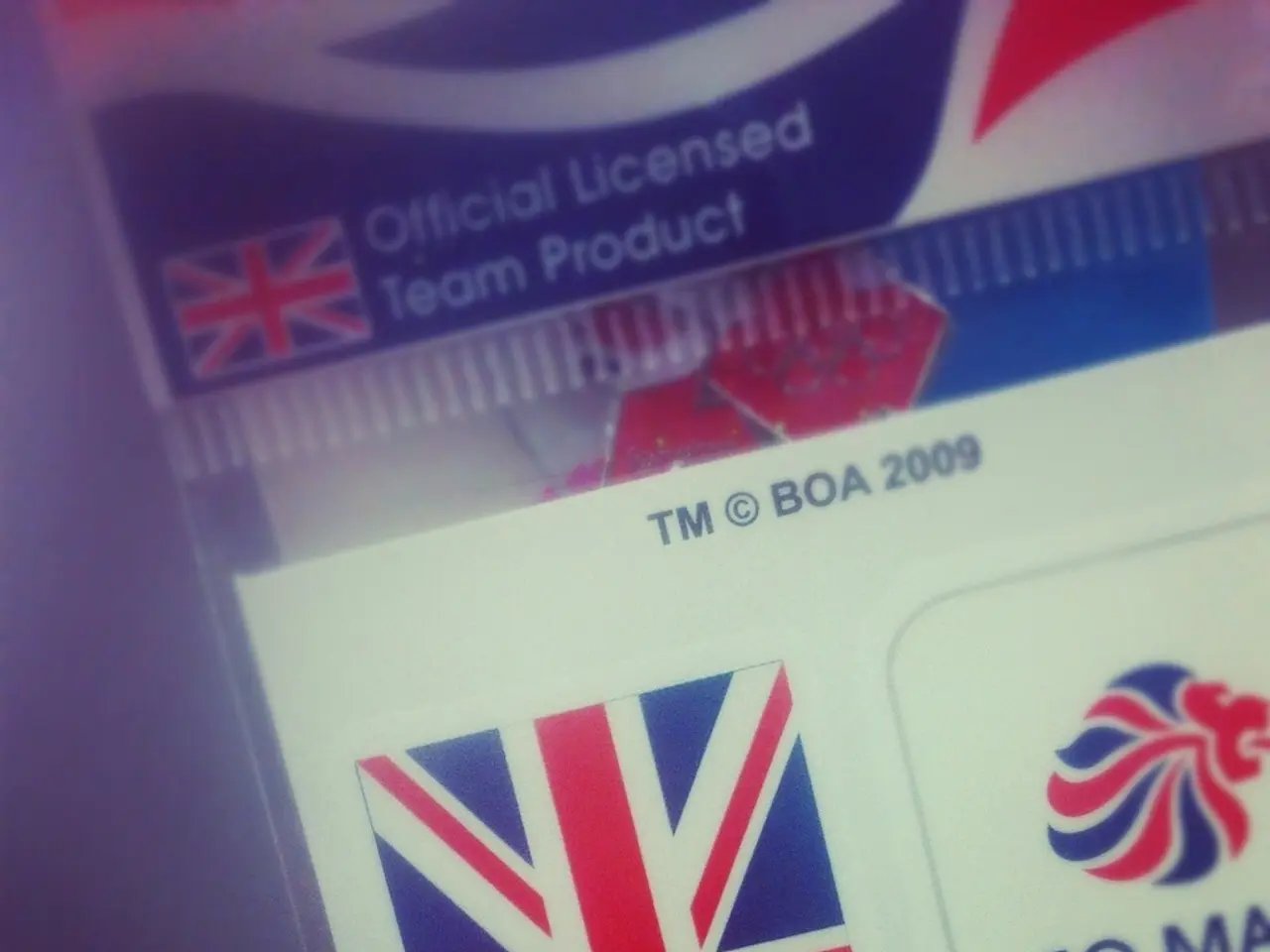Estimated Expenses for Creating a Web Application in 2025: An Overview of Development Costs
Developing a web application can be an exciting venture, but understanding the associated costs is crucial for any business. The price tag for a web application varies significantly, influenced by factors such as complexity, development team, technology stack, and location.
Factors Affecting Web Application Costs
Development Team Structure
The choice of development team structure, whether freelancers, in-house teams, or outsourced teams, significantly impacts the cost. Freelancers are affordable, with costs ranging from $25 to $100 per hour, but they may not be ideal for long-term projects. On the other hand, in-house teams provide the best control but are the most expensive, with costs exceeding $80,000 per developer per year. Outsourced teams offer a cost-effective option, providing affordability, scalability, and access to global talent, with costs ranging from $40 to $150 per hour.
Technology Stack and Location
The tech stack and development tools used also influence the cost. Open-source frameworks like React and Node.js can help reduce costs, while paid services like AI-powered APIs, cloud hosting, or third-party analytics incur additional expenses. Geographical location is another crucial factor, with hourly rates in North America ranging from $100 to $200, while in Eastern Europe, they range from $40 to $80.
Complexity and Regulations
The level of complexity is the most important cost driver. Basic MVPs, mid-range SaaS applications, and enterprise web apps have estimated costs of $30,000 - $80,000, $80,000 - $200,000, and $200,000 - $1M respectively. Additionally, security and compliance costs, such as GDPR, HIPAA, or SOC 2 compliance, range from $10,000 to $50,000.
Strategies to Reduce Web App Development Costs
Starting with an MVP
Starting with a Minimum Viable Product (MVP) is a smart strategy to cut costs. By focusing on the essential features and functionality, businesses can launch their web application faster and at a lower cost.
Automating Testing and DevOps
Automating testing and DevOps using Continuous Integration/Continuous Deployment (CI/CD) pipelines and automated testing tools can reduce long-term maintenance costs. Serverless architectures like AWS Lambda and Google Cloud Functions can help manage scalability while keeping costs predictable.
Outsourcing to Cost-Effective Regions
Outsourcing to cost-effective regions can also help reduce development costs. Businesses in the AliExpress Dropshipping space often rely on offshore teams for tasks like product sourcing, store management, and customer support to keep operations running efficiently and cost-effectively.
Typical Cost Ranges for Different Web App Types
Based on the 2022 context and recent 2025 estimates, you can expect:
| Web App Type | Typical Cost Range (USD) | Comments | |--------------------|--------------------------------|-------------------------------------------| | Basic MVP | $8,000 – $30,000 | Depends on tech stack and features | | Mid-range SaaS App | $30,000 – $100,000 | Moderate complexity, typical SaaS features| | Enterprise App | $100,000+ | High complexity, custom integrations |
These ranges are approximate and influenced by app complexity, tech stack, developer location, and project scope. Integrating AI into web apps can cost $50,000 or more. Large enterprise web apps, like Airbnb or Slack, can cost more than $500,000 to $1 million.
In summary, careful consideration of the factors affecting web application costs, coupled with strategic decisions, can help businesses manage their development costs efficiently. Whether you're launching a simple web application or a complex enterprise solution, understanding the cost implications is key to a successful project.
- The development team structure, including freelancers, in-house teams, and outsourced teams, can have a significant impact on the cost of a web application, with costs ranging from $8,000 for a basic MVP to over $1 million for large enterprise web apps.
- To reduce long-term maintenance costs, businesses can consider automating testing and DevOps using Continuous Integration/Continuous Deployment (CI/CD) pipelines and automated testing tools, in addition to outsourcing to cost-effective regions like Eastern Europe, where hourly rates range from $40 to $80.




